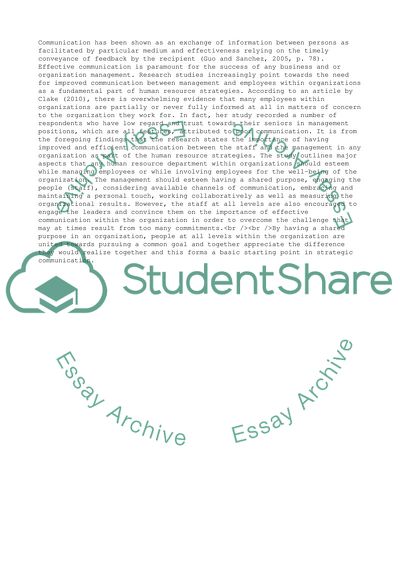Cite this document
(Communication within Organization Literature review - 2, n.d.)
Communication within Organization Literature review - 2. https://studentshare.org/management/1806407-analysis-of-an-allocated-management-practitioner-article-using-relevant-organisational-behaviour-theory
Communication within Organization Literature review - 2. https://studentshare.org/management/1806407-analysis-of-an-allocated-management-practitioner-article-using-relevant-organisational-behaviour-theory
(Communication Within Organization Literature Review - 2)
Communication Within Organization Literature Review - 2. https://studentshare.org/management/1806407-analysis-of-an-allocated-management-practitioner-article-using-relevant-organisational-behaviour-theory.
Communication Within Organization Literature Review - 2. https://studentshare.org/management/1806407-analysis-of-an-allocated-management-practitioner-article-using-relevant-organisational-behaviour-theory.
“Communication Within Organization Literature Review - 2”. https://studentshare.org/management/1806407-analysis-of-an-allocated-management-practitioner-article-using-relevant-organisational-behaviour-theory.


